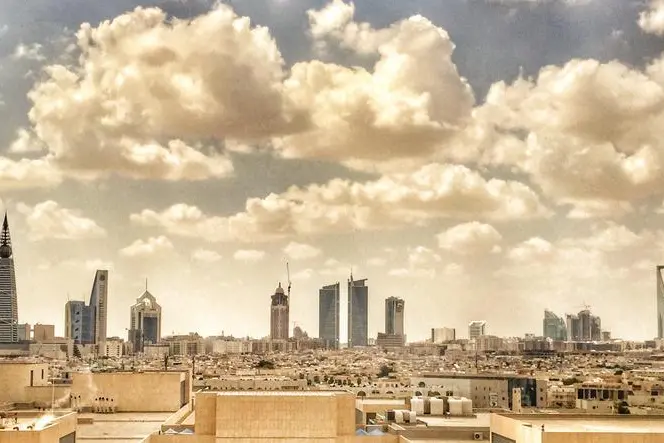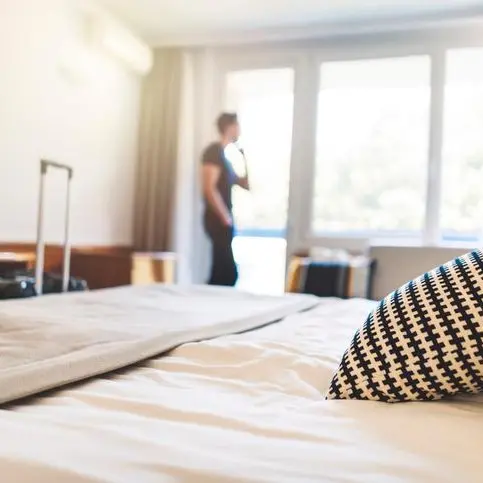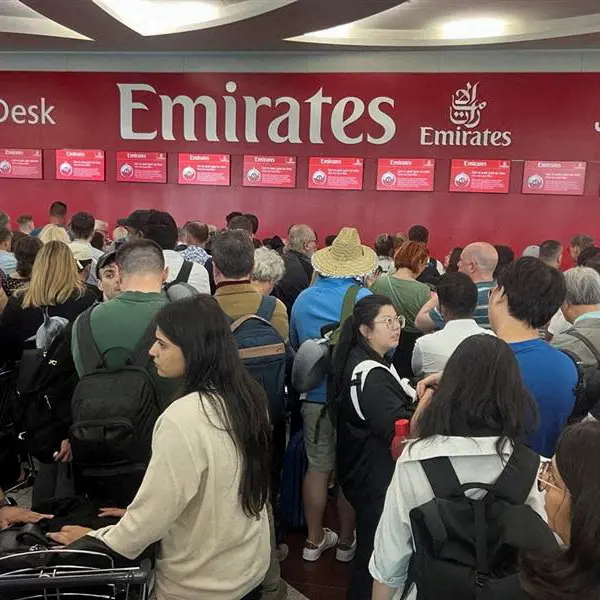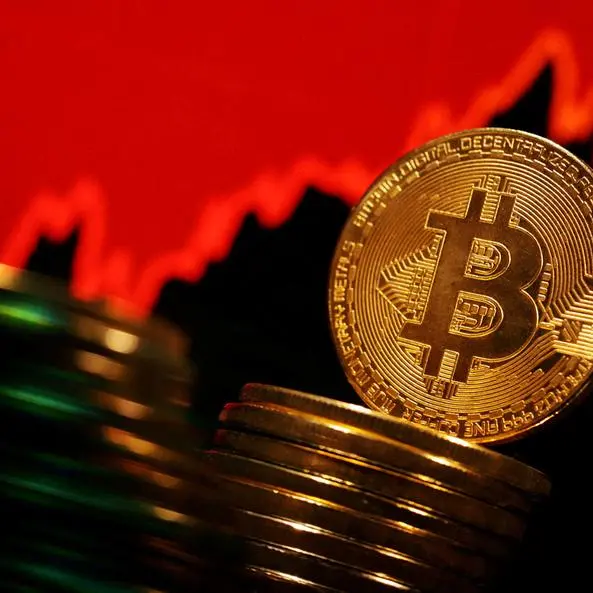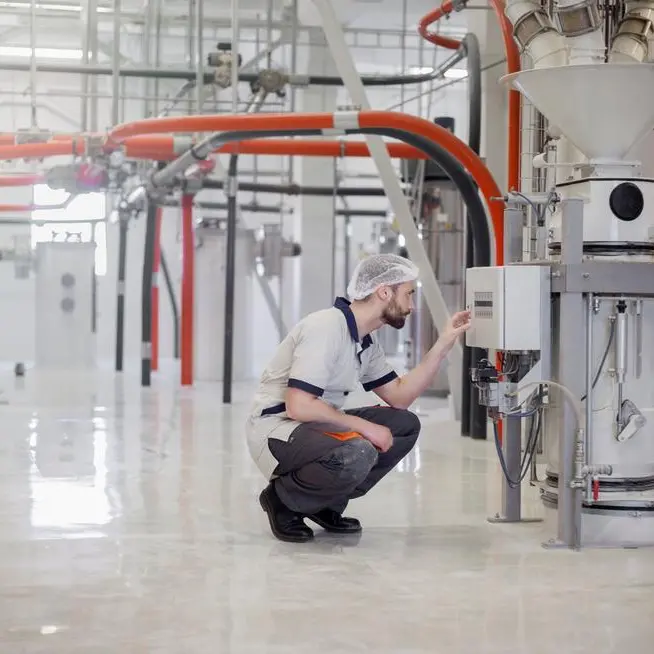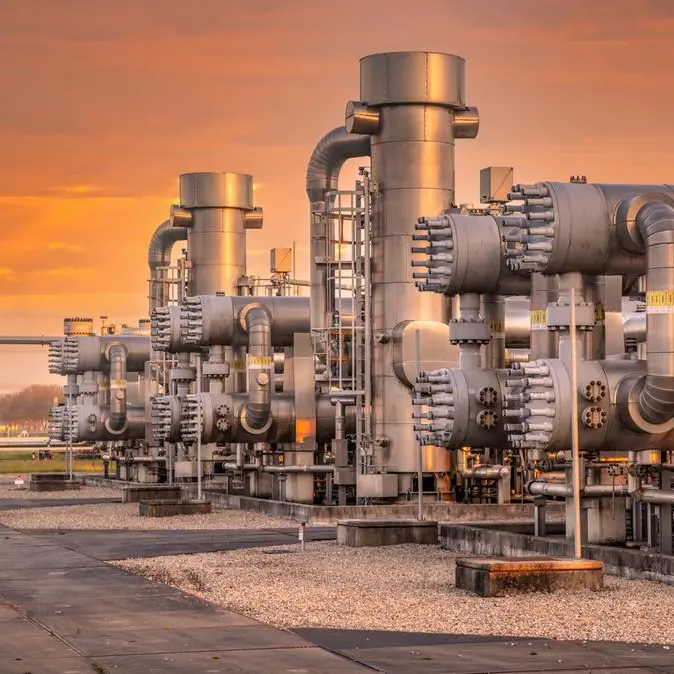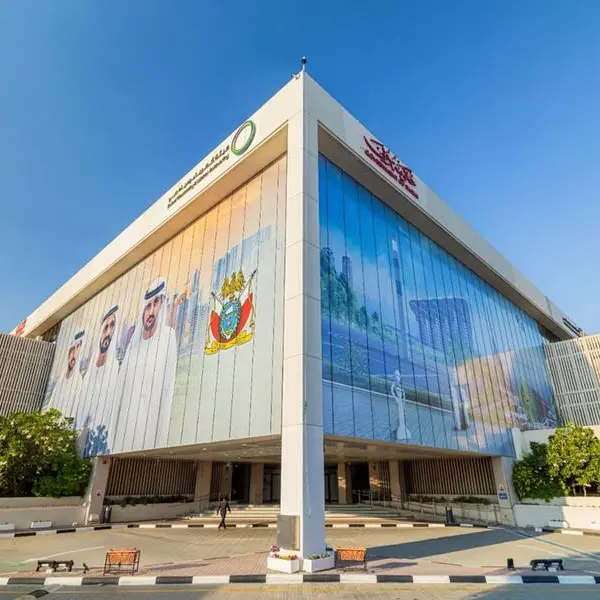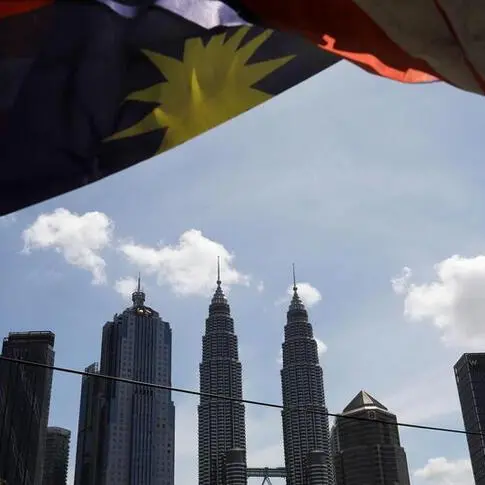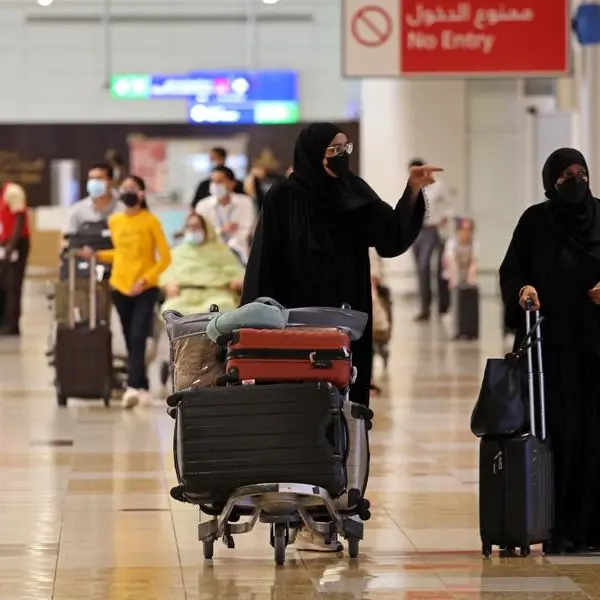PHOTO
The long-term prospects for Saudi Arabia’s real estate sector remain optimistic, due to various government initiatives aimed at stimulating the market. Most sectors have remained subdued, as highlighted by lower activity in 2018. But the implementation of various urban regeneration initiatives, including mixed-use communities and large-scale infrastructure projects, may act as a catalyst for the real estate market’s comeback.
Regulatory efforts such as the white land tax, large housing schemes and the mortgage law display the government’s clear intent to engage with the issues facing the residential market in the Kingdom. These initiatives are a step in the right direction for a more active real estate market in the coming years.
The Saudi real estate landscape is poised for a major boost due to large-scale project announcements such as Rou’a Al-Haram, Rou’a Al-Madinah, NEOM, Qiddiya, the Red Sea Co. and Amala.
Greater collaboration between the public and private sectors, exemplified by the establishment of public-private partnership (PPP) models, will revitalize the property market. This includes the Housing Ministry’s collaboration with private sector developers and contractors to develop large-scale residential masterplans.
Housing Minister Majid Al-Hogail said investments in the real estate financing sector are expected to reach between SR60 billion ($16 billion) and SR80 billion in 2019. The ministry wants 60 percent of Saudis to own homes by 2020. It is working with local banks to facilitate financing and help developers increase the supply of affordable units.
The private sector is now financing 100 percent of housing market needs, up from 35 percent previously. Banks provide 93 percent of real estate financing, with real estate financing firms covering the rest. It is clear that the government wants to increase activity in the real estate market as it moves to revitalize the economy, and is taking steps to reform the sector as part of the Vision 2030 strategic plan.
Recently, Makkah and Madinah have continued to experience significant change. The Public Investment Fund in late 2017 announced its megaprojects of Rou’a Al-Haram in Makkah and Rou’a Al-Madinah. According to commercial real estate services firm Jones Lang LaSalle, Rou’a Al-Haram is expected to contribute SR8 billion to the national economy, with capacity for 310,000 visitors, 70,000 hotel rooms and 9,000 new residences.
Makkah remains central to attracting Hajj and Umrah visitors, and will benefit from the megaproject, which will also encourage other key stakeholders to invest across all real estate sectors. This new investment will boost the hospitality and retail sectors.
Saudi Arabia’s giga-projects will promote the property market in newly developed locations, especially the concept of owning a second home. Moreover, some of those projects will introduce new asset classes that will increase real estate investment alternatives.
Basil M.K. Al-Ghalayini is the Chairman and CEO of BMG Financial Group.
Copyright: Arab News © 2019 All rights reserved. Provided by SyndiGate Media Inc. (Syndigate.info).
